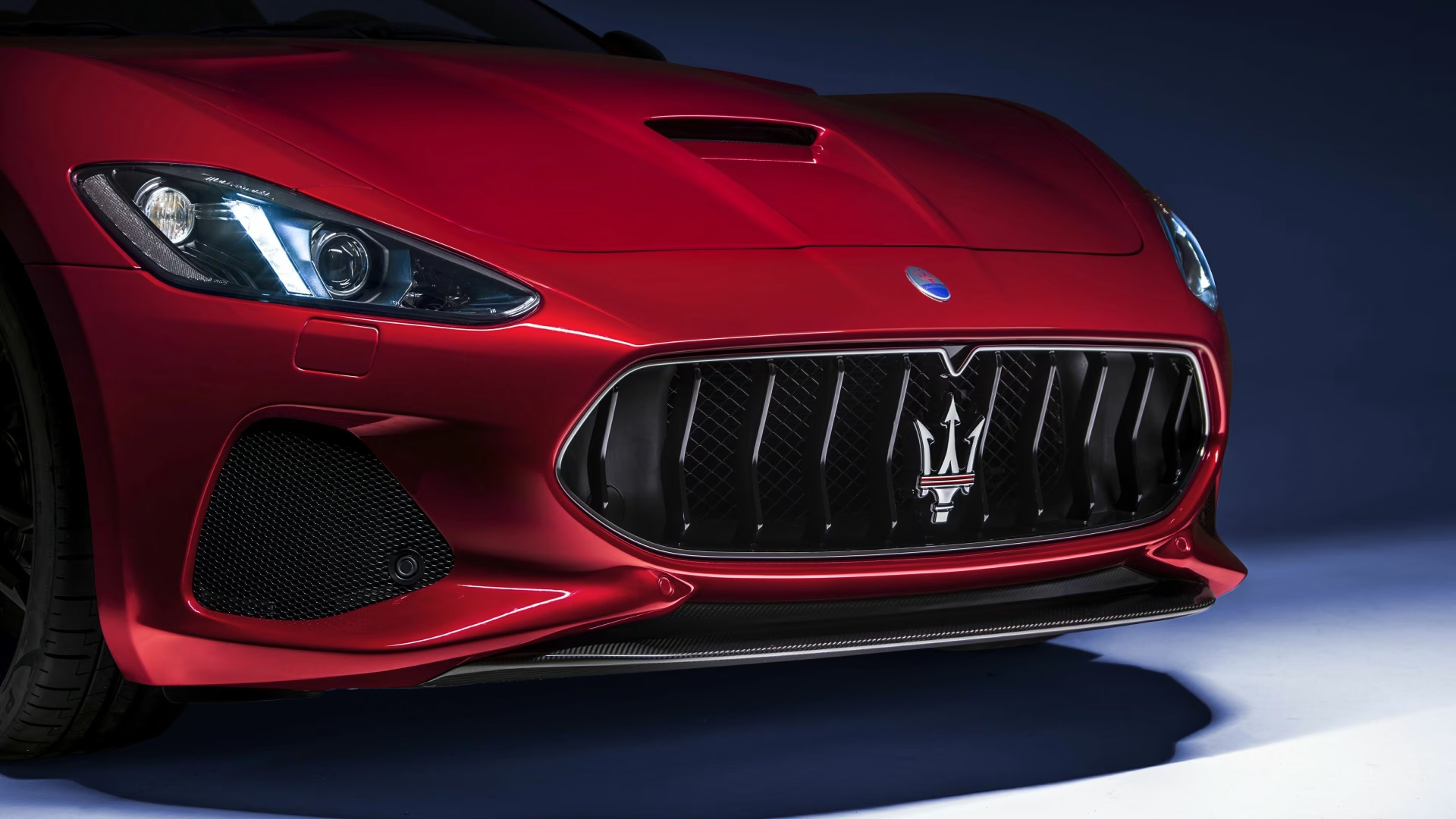Maserati: The Art of Italian Grand Touring
Maserati is a name that resonates with a unique and potent blend of elegance, power, and pure Italian passion. For over a century, the iconic Trident has symbolized a different kind of luxuryâone that is not just seen, but felt and heard. A Maserati is a sensory experience, from the rich scent of its Poltrona Frau leather to the soul-stirring, operatic soundtrack of its engine. It is a brand for the connoisseur, a car that masterfully combines the comfort of a long-distance grand tourer with the heart of a race car.
The Genesis: A Family Passion for Racing
The Maserati story begins with a family of brothers. The company was founded in 1914 in Bologna, Italy, by Alfieri Maserati and his brothers. From its absolute inception, Maserati was a company dedicated to building race cars. The brothers were brilliant engineers and passionate drivers, and their cars quickly achieved success on the racetracks of Europe. This deep, authentic motorsport DNA, focused on building powerful and balanced machines, would become the foundation for all future Maserati road cars. The headquarters were later moved to Modena, Italy, the heart of Italy's "supercar valley."
Core Philosophy: "Luxury with a Racing Soul"
Maserati's core philosophy has always been to infuse its luxurious road cars with the spirit and technology of a race car. This creates a "dual soul"âa vehicle that is as comfortable cruising the Riviera as it is thrilling on a mountain pass. Key pillars of this philosophy include:
- The Engine as the Orchestra: An obsession with creating engines that are not just powerful, but are also musical instruments. The signature, glorious sound of a Maserati engine is a core and non-negotiable part of the brand's identity.
- Seductive Italian Design: A commitment to creating cars with breathtaking, flowing lines and a powerful, elegant stance. A Maserati is designed to be a timeless work of art.
- Grand Touring Excellence: The perfect balance between sharp, engaging handling and a comfortable, supple ride suitable for covering vast distances with ease and style.
Defining Moments and Key Achievements
Maserati's history is a story of legendary race wins and iconic, beautiful road cars.
- World Championship Victories: With the legendary Juan Manuel Fangio behind the wheel, Maserati won the Formula 1 World Championship in 1957 with the iconic 250F, cementing its place at the pinnacle of motorsport.
- The 3500 GT (1957): This was the car that successfully transitioned Maserati from a builder of race cars to a manufacturer of world-class grand touring road cars. Its beautiful design and refined performance made it a massive success.
- The Quattroporte (1963): The original Quattroporte ("four doors") was a revolutionary concept: it took the powerful V8 engine from a race car and placed it in a luxurious, full-size sedan. It created the "luxury sport sedan" segment as we know it today.
- The MC20 Supercar: The launch of the modern, mid-engine MC20, with its groundbreaking, F1-derived "Nettuno" V6 engine, marks a powerful return to the brand's supercar roots and a bold statement for its future.
Maserati's Modern Market Position: The Passionate Alternative
Today, Maserati stands as a unique and desirable alternative in the luxury performance market, offering a distinct flavor of Italian passion and style.
Vehicle Lineup and Target Audience
Maserati's modern lineup is focused on key luxury segments:
- SUVs: The heart of the modern brand, featuring the popular and sporty Grecale and the larger, high-performance Levante.
- Sedans: The iconic Quattroporte luxury flagship and the agile Ghibli sport sedan.
- Supercars: The breathtaking, mid-engine MC20.
- Grand Tourers: The stunning new GranTurismo.
The brand's target audience is the discerning, passionate individual who wants their luxury car to have a unique character, an emotional soundtrack, and a design that stands apart from the more clinical German rivals.
Key Differentiators and Competitive Advantages
Compared to its primary rivals, Porsche, BMW, and Mercedes-Benz, Maserati's key differentiators are:
- The Engine Sound: This is Maserati's "secret weapon." The sound of a Maserati engine, often tuned with the help of Ferrari, is a huge part of its emotional appeal and a major competitive advantage.
- Italian Design and Exclusivity: Maserati offers a level of Italian flair and relative exclusivity that allows its owners to stand out from the crowd of more common German luxury cars.
- The Trident Badge: The iconic Trident logo, inspired by the Fountain of Neptune in Bologna, is a powerful symbol of myth, power, and Italian heritage.
